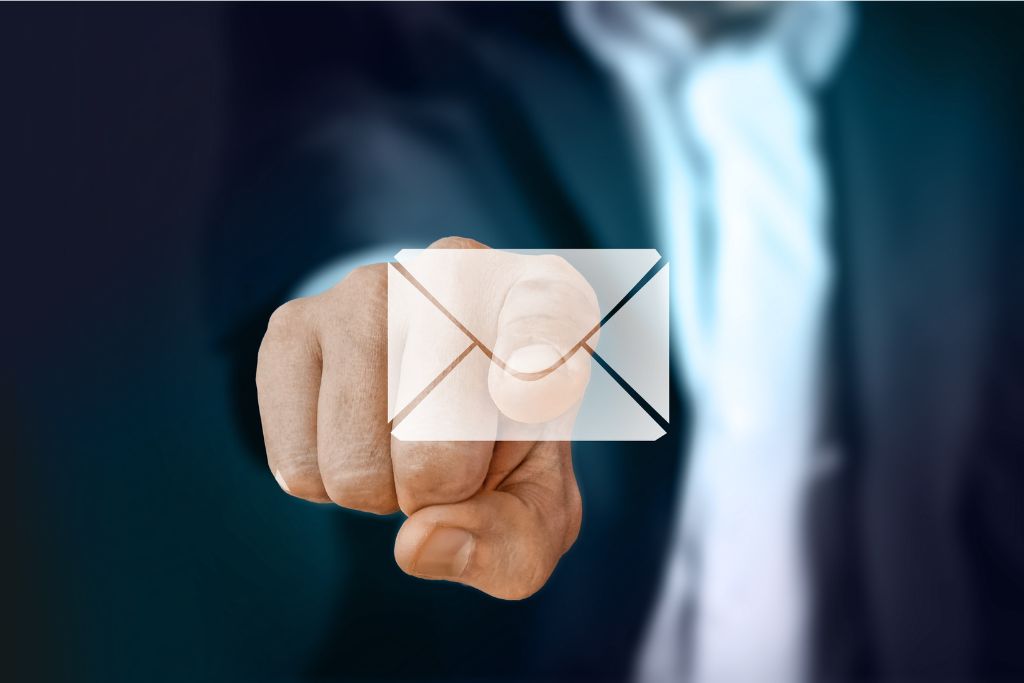What is Spam and why you receive it?
There are lots of spam types. Some of them are trying to make you install malware, retrieve your personal information, or pull in some amount of money. The most common are emails, instant messages, classified as, etc. Users start getting it when they share their information on third-party websites, or this information gets stolen. Eventually, users end up getting tons of irrelevant emails, which results in activating spam filtering services and disregarding the emails that can be potentially useful.
Email marketing comprises a fair share of marketing strategy and is still one the most effective tools for reaching out to a targeted audience. Unfortunately crafting your email campaign for hours may end up with nothing in a spam folder because due to statistics more than half of emails are filtered and go to spam. Before dealing with an outcome, we need to understand why it happens.
The most common reasons why emails end up in spam
Most email services have built-in filtering services which are activated by keywords or spam words, sender information, and some other factors. The system checks incoming emails for suspicious phrases and elements. Filtering services can even compare the contents of an email with other well-known spammers. Sometimes filters can block attachments with viruses and emails from certain domains.
Your email campaigns do not make it through the filters because they do not meet certain criteria. Sometimes they include common words, used in spam, too many capitals or exclamation marks, links and images, etc. Or you can simply send too many emails to the same list of recipients within a limited amount of time.
You may want to run a seed test to find out if your email campaign goes to spam. That means you send your crafted email to a small group of contacts. If the report shows too many letters bouncing or not delivered, you can address this issue before starting a campaign.
Ways to avoid ending up in a spam folder
– Your IP reputation is very important. This includes using a valid address, proper subject lines.
– Avoid sending too many letters. Different emailing services have their limits. Google will restrict sending emails for 24 hours if you send an email to a total of more than 500 recipients in a single email and or more than 500 emails sent in a day. Outlook has a daily limit of 300 emails per day. Office 365 — 100 emails per month. Hotmail — 200 emails per day, Yahoo Mail — 25 emails per hour. In other words, it’s better to use special emailing services for email marketing.
– A proper, recognizable ‘from’ name, which is familiar to the recipient can help you avoid spam filters. You can use your name or the company’s name. Try keeping your subject line concise.
– Work on the list of your recipients. It means removing recipients that have never opened your emails, those who unsubscribed, and duplicates. You should also get a list of emails from a legitimate source. Avoid buying email lists, because if people haven’t given their permission to receive emails from you, you are sending spam.
– Avoid names like info@ or support@ to avoid spam filters. Using a business domain for email campaigns would be a good idea.
– Avoid using trigger words that can be flagged as spam. Those are words like ‘free’ or ‘guaranteed’, ‘discount’ etc.
– Use segmentation to reach your targeted audience. If you break down the audience into smaller groups, you can tailor more engaging emails for each of them and will manage to define the most engaged one.
– Emails that add value are more likely to avoid ending up in spam. You can use educational information, tips or advice, anything that a recipient can find useful.
– Use services to check your IP address and domain to make sure you’re not a blacklisted sender. You can also be removed from the list by contacting the blacklist operators.
– Text-to-image ratio, colors, and fronts are also very important for avoiding spam folders. 1:1 is a good ratio for your email campaign. Simplicity is a wise choice for fronts and colors.
– Always provide an ‘unsubscribe’ button not to make subscribers feel trapped.
Failing to follow those simple tips can result in nothing if your email ends up in a spam folder. VAfromEurope often uses email campaigns to inform our clients about the latest news company news and offers. The issues our clients and VAfromEurope are facing are not new. So, let’s go on and reveal new ways to improve communication. We can improve together!





